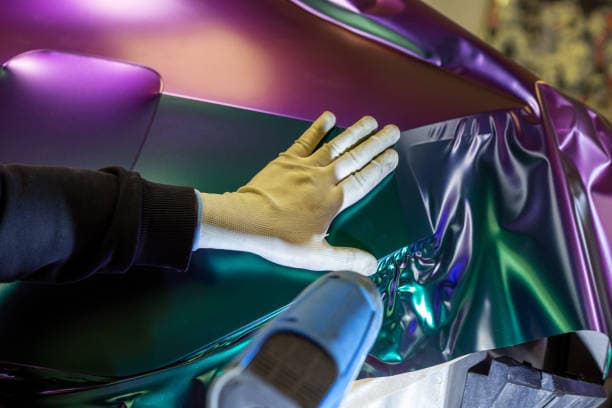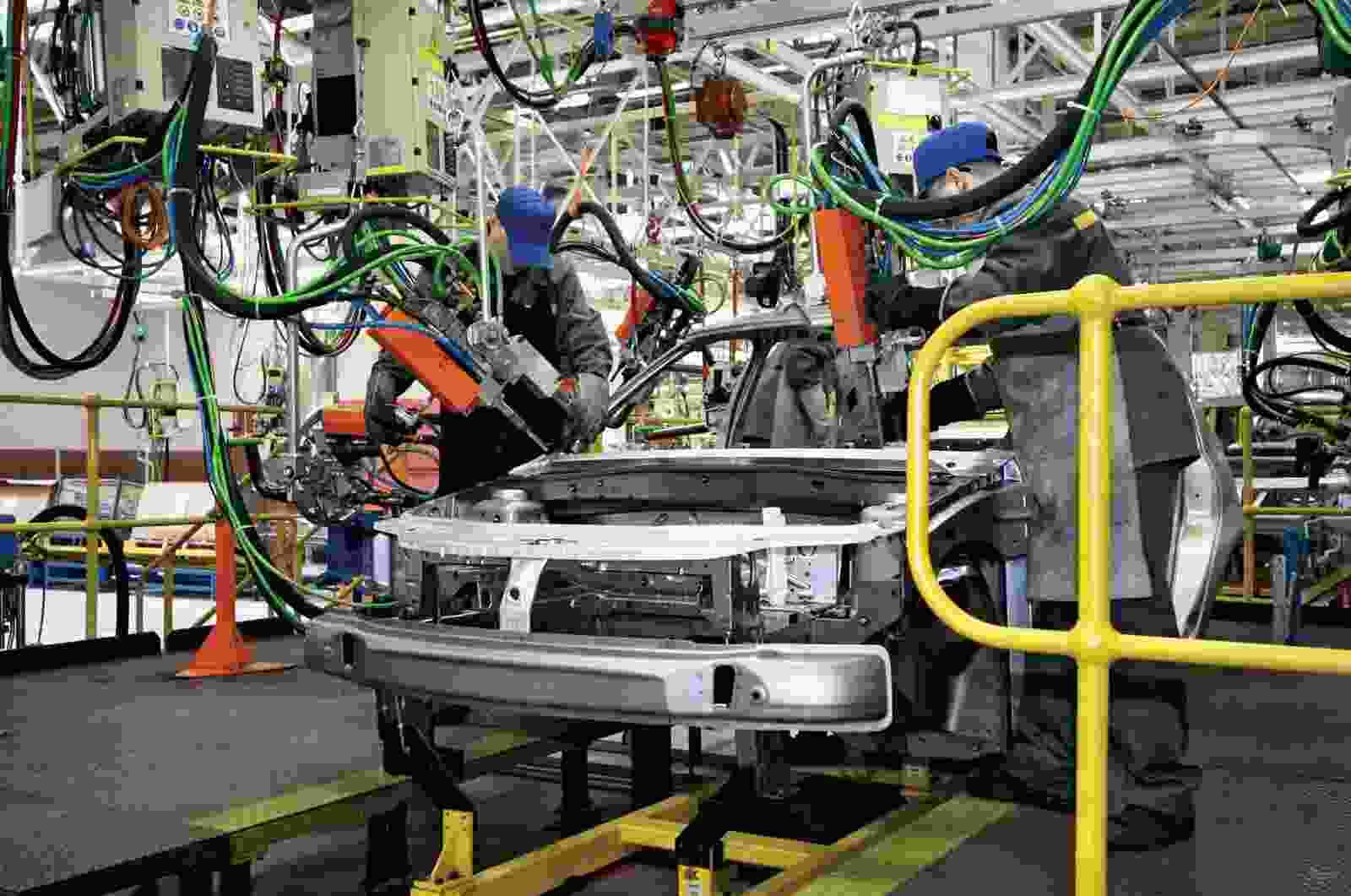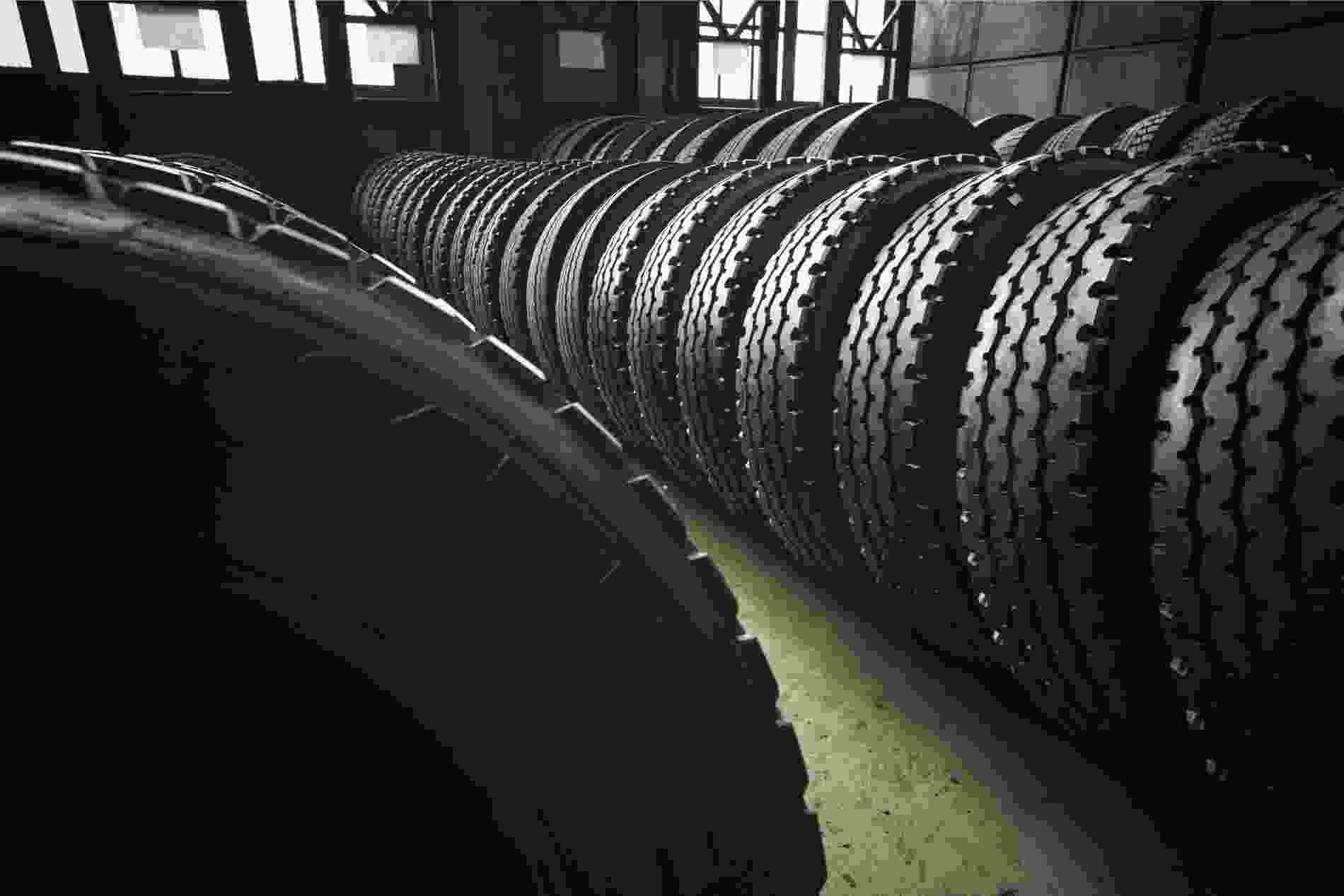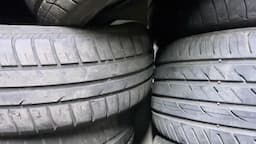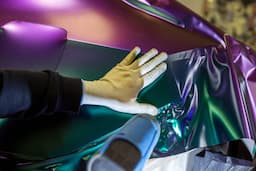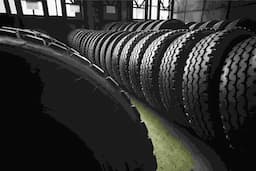You may have noticed the many vinyl car wraps that are being used on roads today. They are often not distinguishable from expensive custom paint jobs. Vinyl is a great option if you like bright colors, unusual finishes, or a vehicle with a changing look.
Vinyl is a cost-effective and easy way to transform the appearance of your car. It’s also becoming more popular among drivers. Vinyl is a great way to express yourself, but also offers many practical benefits. It is a durable coating that protects your car’s original paint job and helps to preserve its resale price. It can be removed at any time, so it is less commitment than permanent paint jobs.
You don’t have to wrap your entire car if you want to try vinyl wrapping. Your car’s hood is a small, flat area that makes it easy and inexpensive to wrap. You can still use it to show off your personality and install advertising. However, it takes much less time than a full wrap.
Some drivers are even willing to take on the project. There are many designs to choose from, so it’s a great way for you to get to know vinyl wrap before you commit to wrapping your entire car. Even if you are a complete beginner, we have compiled a step-by-step guide to help create a perfect hood.
1. Assemble Your Supplies
Before you can get started, you’ll need to purchase a few supplies. You will need to have at least a few supplies for car cleaning. You can also use gloves, a clay bar, and a tucking device to make it easier. Once you are done, heat sources such as a hair dryer or heat gun will be needed to seal the vinyl.
Make sure to choose a trusted brand when choosing vinyl. For a long-lasting car wrap, thin, flexible cast vinyl is best. Higher-quality vinyl will simplify the wrapping process and result in a longer-lasting, beautiful and durable project.
2. Give It an Excellent Scrub
The car’s surface should be completely clean and smooth before you apply vinyl. You shouldn’t try to cover up any rust or deep scratches that could prevent vinyl from adhering.
- Wash the car with soapy water to remove dirt and dust.
- Use a clay bar to remove invisible impurities from the hood.
- Apply a degreaser, especially around the edges of your hood.
3. Upload Your Vinyl
You should not work with vinyl in too hot or too cold areas. It should be shaded from the sun and temperature-controlled. Vinyl performs best when it is between 60–75°F (15–24°C).
- Leave the backing intact and drape the vinyl over the car’s hood.
- Use magnets to secure the vinyl in place.
- Make sure there is no excess at any edges.
- Trim any excess vinyl, but don’t cut too much.
4. Apply the Vinyl
Once you have your vinyl ready:
- Start removing the backing.
- Work in small areas and pull toward the corner of your hood with tension to prevent bubbles.
- Allow the vinyl to settle into curves.
- Use a soft squeegee at a 45-degree angle with overlapping strokes.
- If the vinyl is misaligned, gently lift and reposition it.
Note: Some vinyls come with a cap sheet. If yours does, remove it with tape after application.
5. Seal the Edges
- Begin trimming at the corners first to ensure proper placement.
- Tuck edges under for full coverage.
- Use heat to make vinyl flexible and easier to manage.
- Trim along the sides, leaving about 1/4 inch all around.
- Lift the vinyl slightly from the car while cutting to avoid damage.
- Use your finger to press along edges, then heat to seal.
6. End It Off
- After the wrap is placed and edges sealed, use a heat gun across the entire hood.
- This helps remove air bubbles and allows vinyl to self-heal minor scratches.
- For added shine and protection, apply a product like Rapid Clear.
- Hand-wash your new hood and keep it out of direct sunlight to prevent fading.
Final Thoughts
If you don’t love your new hood wrap, remember: it’s removable! Try another color or texture—animal prints, reflective chrome, or even branded advertising wraps.
We’re looking forward to seeing your custom hood out on the road!
